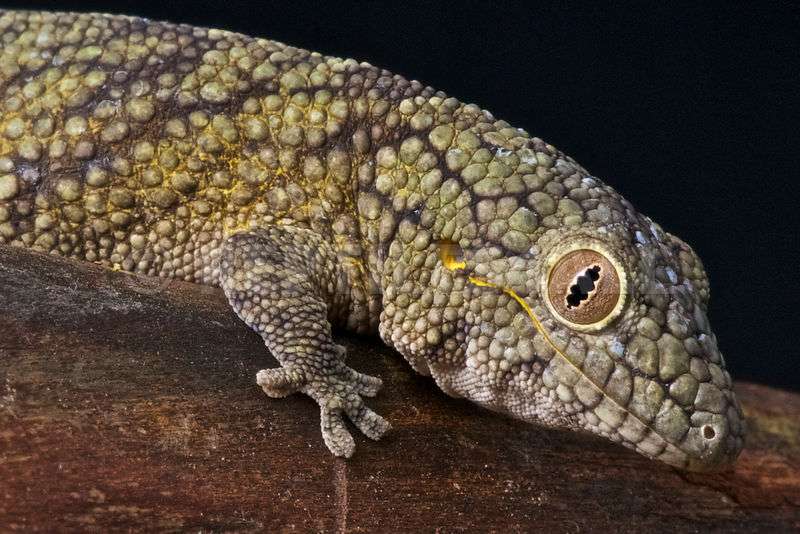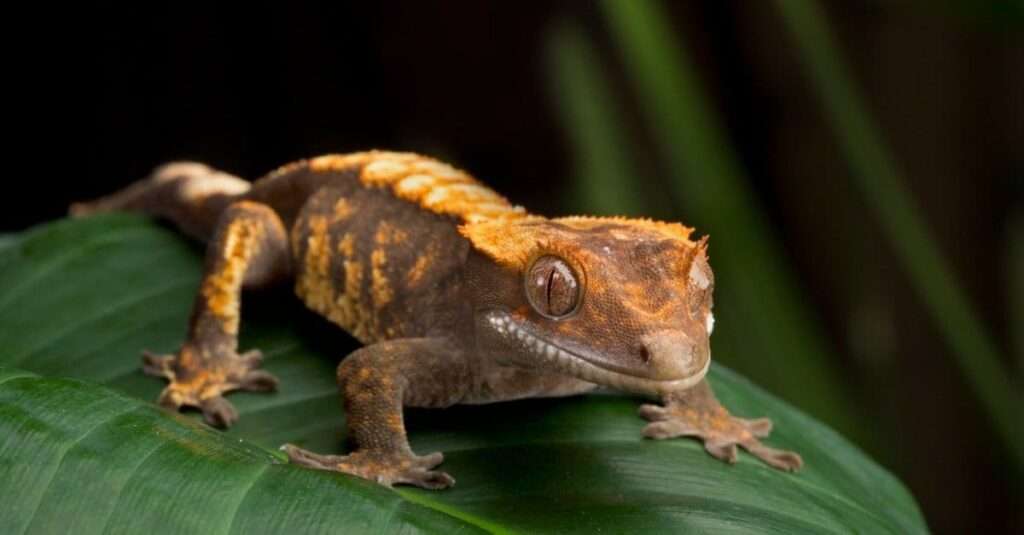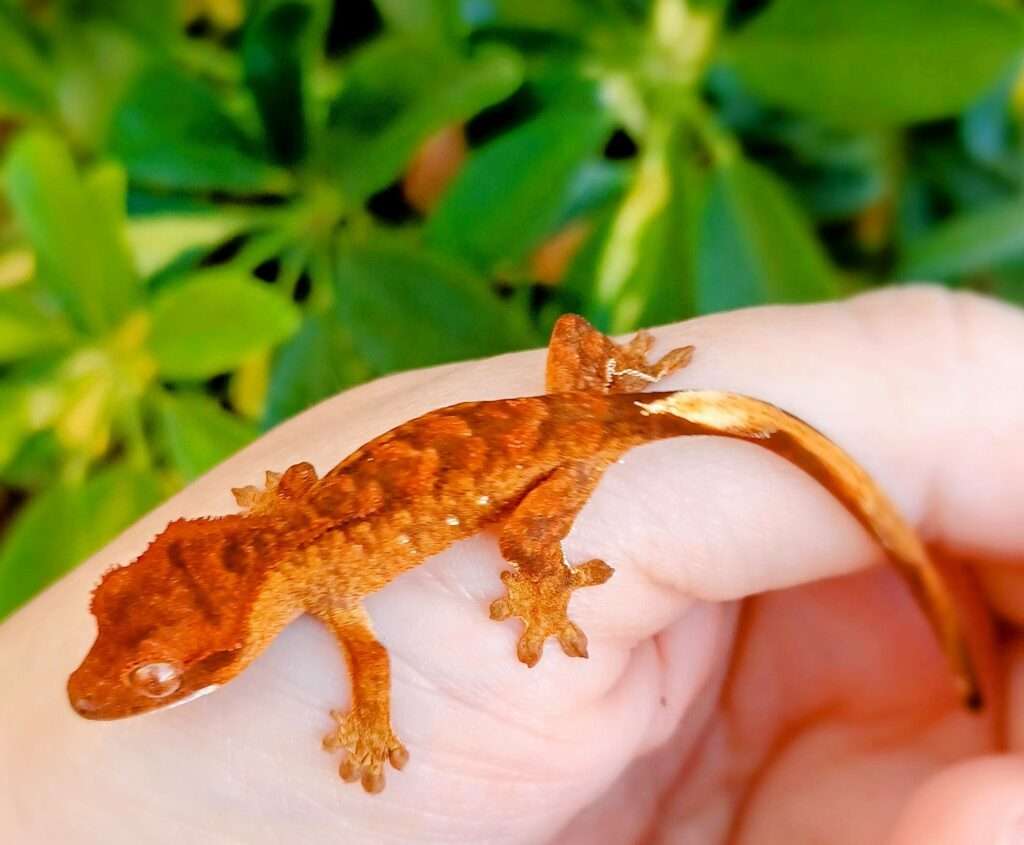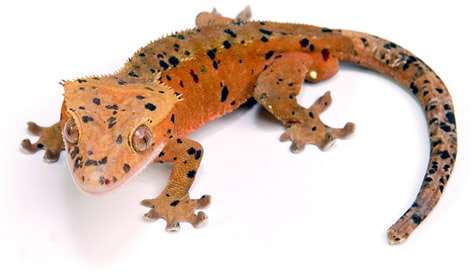
Description:
Scientific name: Carphodactylus laevis
Life span: 15+ years
In the family Carphodactylidae, the monotypic genus Carphodactylus contains geckos. The only species in the genus is Carphodactylus laevis, also referred to as the chameleon gecko.
The rostral and mental shields are rounded, and the head contains big labial (lip) scales and comparatively small postmental scales (behind the chin) (at the tip of the snout). There is a thin vertebral ridge that runs from the neck to the tapered tail, and the body and tail are both thin and mediolaterally compressed (flattened from the side). The five-toed feet have small, narrow fingers with prominent claws and an angular side profile, while the limbs are long and thin. Five expanded scales encircle the base of the claws.
Native Region/Habitat
The species is exclusive to the northeastern Australian rainforests. In northern Queensland’s cool rainforests, between 400 and 1,400 metres above sea level, C. laevis can be found (1,300–4,600 ft). It is nocturnal and feeds at night on low bushes or leaf litter. C. laevis is oviparous.
Behavior:
It is nocturnal and feeds at night on low bushes or leaf litter. oviparous C. laevis is. Several C. laevis populations are thought to have undergone significant genetic isolation during dry periods in the Pleistocene, although this did not result in major phenotypic change between populations, according to research using mitochondrial DNA.
Care As a pet/In captivity:

Minimum terrarium size: A single chameleon gecko needs a terrarium that is at least 12″L x 12″W x 18″H in size. Of course, bigger is better and is highly advised! It is not advised to keep many chameleon geckos in the same terrarium; doing so could be fatal.
Temperature: Contrary to the widespread misconception that they thrive at room temperature, chameleon geckos thrive when they have access to a low-temperature basking place. They need a range of temperatures in their enclosure so they can thermoregulate because they are still reptiles.
A digital probe thermometer placed in the basking area should register a moderate basking temperature of 88°F for chameleon geckos. Evening temperatures can fall as low as 65°F in the enclosure’s cool zone, which should maintain a temperature of 75°F.
Humidity: Since chameleon geckos are a tropical species, their enclosure’s humidity level should be between 60 and 80 percent. By using a digital probe hygrometer and placing the probe in the center of the terrarium, humidity should be detected.
Diet: Because chameleon geckos are omnivores, they require both plant-based and animal-based nutrients to maintain a healthy diet. They mostly consume berries and insects in the wild.
Table





